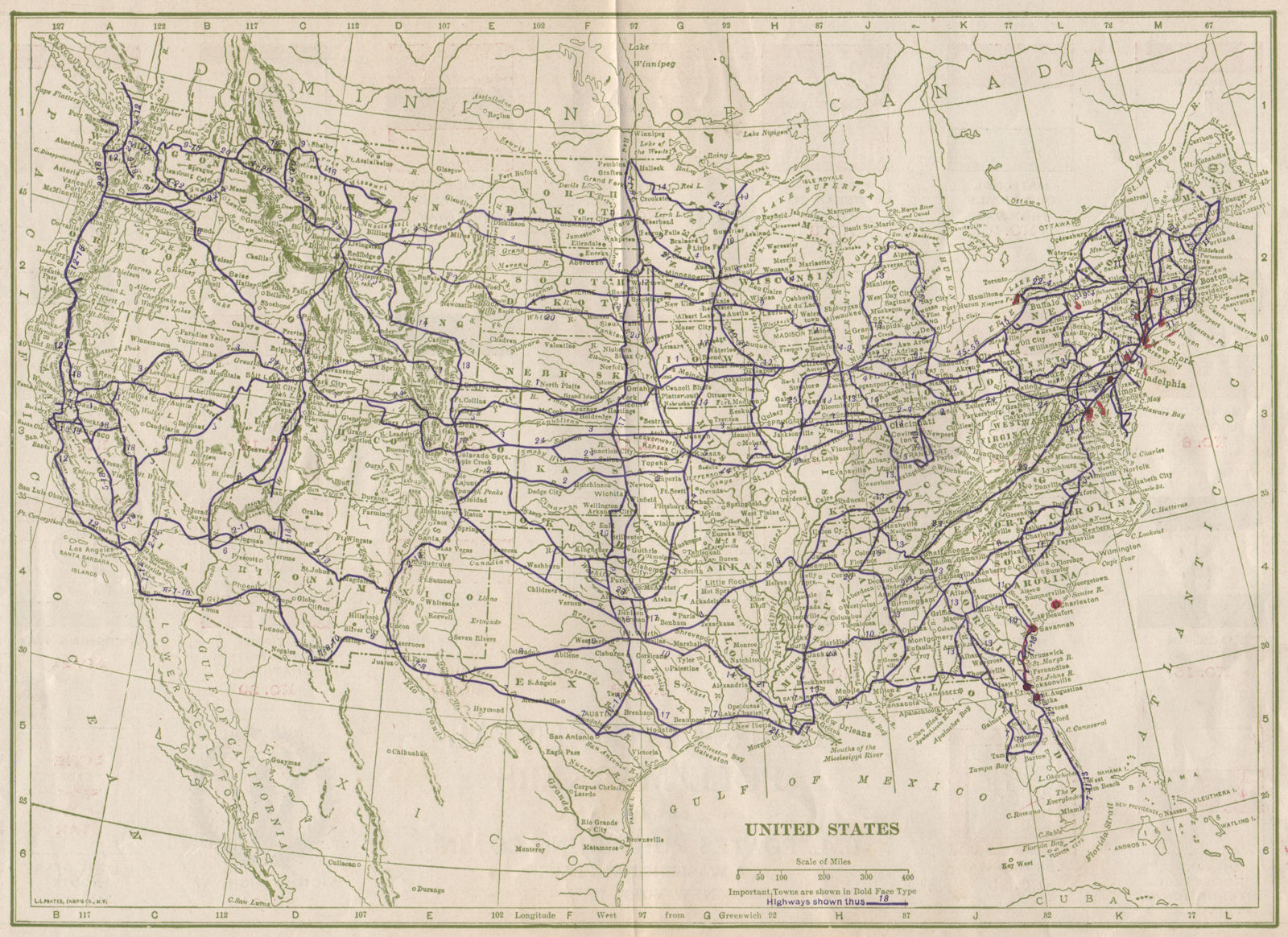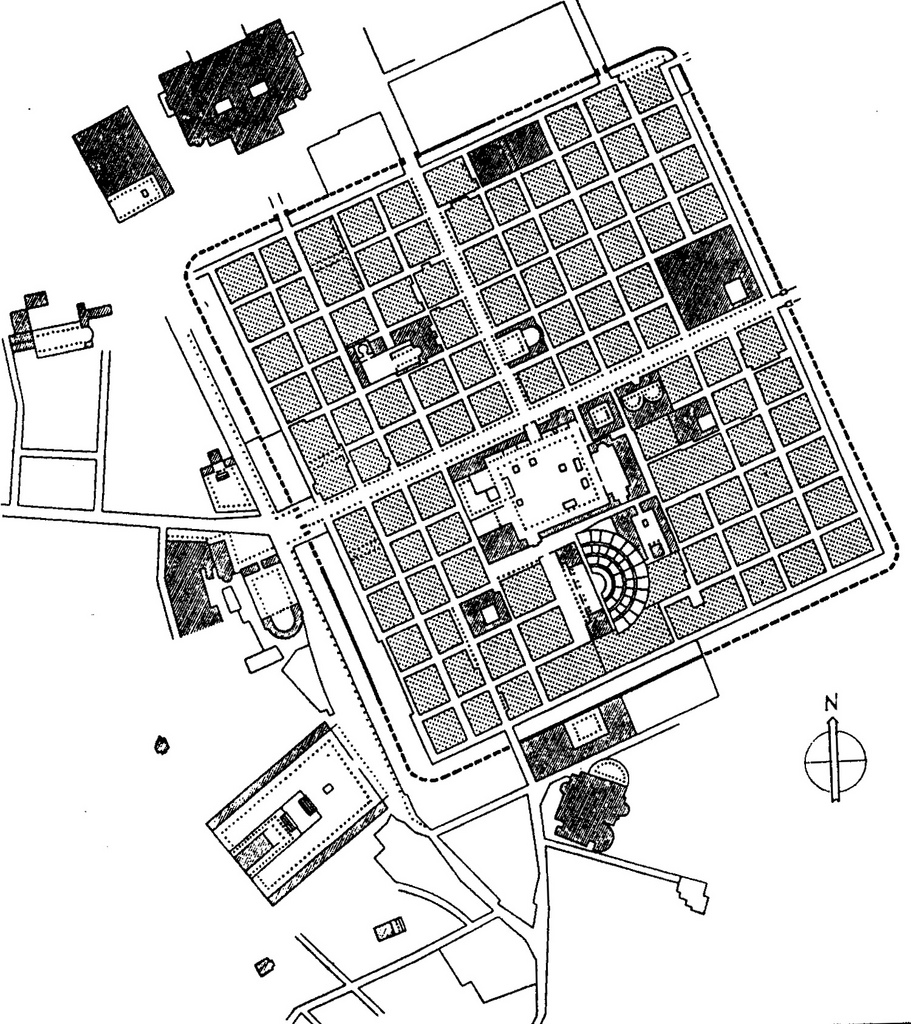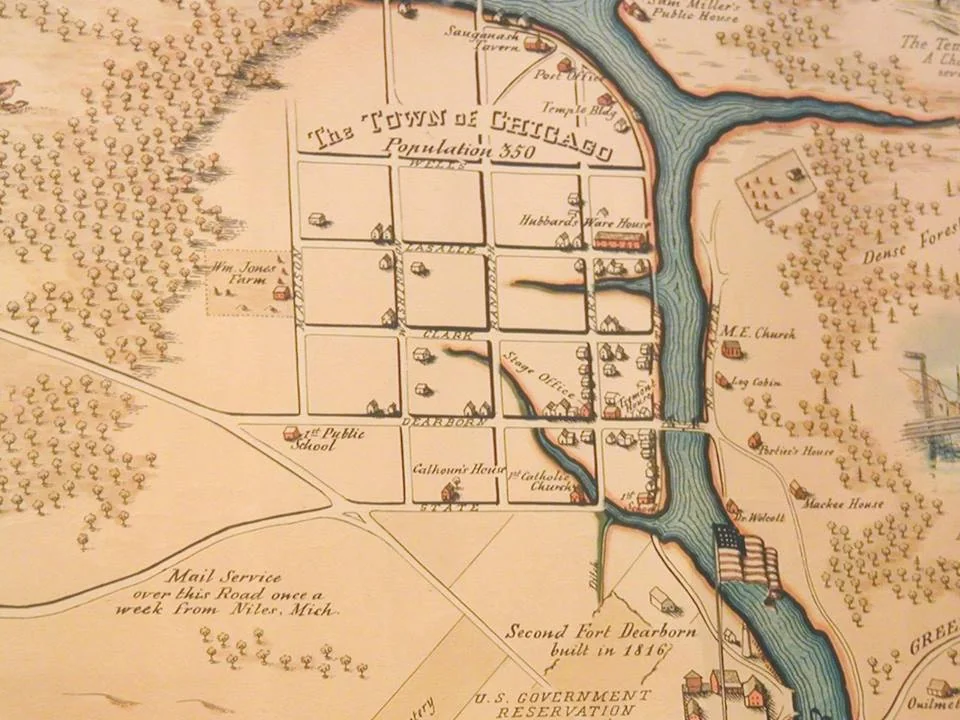version
Well-known member
Hey the forum's not half-bad lately
Don't jinx it!
Hey the forum's not half-bad lately
I always wondered b/c this stuff came up a lot in the digital vs analog (discrete vs continuous) discourse, among audiophiles & producers, when I came up in NYC music scenes
It seems like maybe if you have a high enough resolution, a sample rate, then functionally what's the problem, but people do feel they can tell the difference between analog and digital tech, I dunno, this stuff is complicated and not merely a matter of resolution.
But there does seem to be a non-pragmatic, almost philosophical fetish for the idea of the analog, in that it is specifically not the pixelated/binarized digital format.




There's bit depth in addition to sample rate, and just as important.
I'm sure you've heard "lo-fi" 8 bit music, for example.
At any rate, the end result isn't really a "pixelated" waveform when it's converted back to the waveform that comes out your speakers.
One could argue that analog formats are also pixelated considering there are so many molecules per second of sound.

before he changed it this was a sequence of genitalia pictures, all his own, he went into great detail. it had a medical airI made a drunken mistake
Its italian 4 romeWhat's Roma mean





The modernist finds a stable substrate and re-implements everything in terms of that language, but ultimately fails to get adoption because nothing old interoperates with their promised utopia. (Esperanto)

National Grid
Connecting people to the energy they use safely, reliably and efficiently.www.nationalgrid.com
I think that one's implicit in the phrase "off-the-grid"Bet no one has thought of THE ELECTRICAL GRID YET
